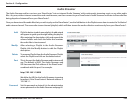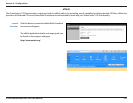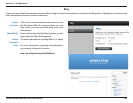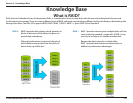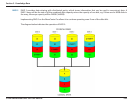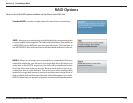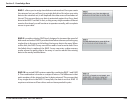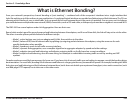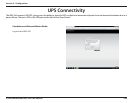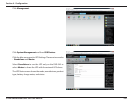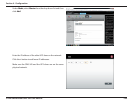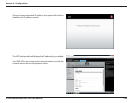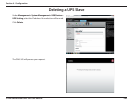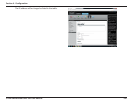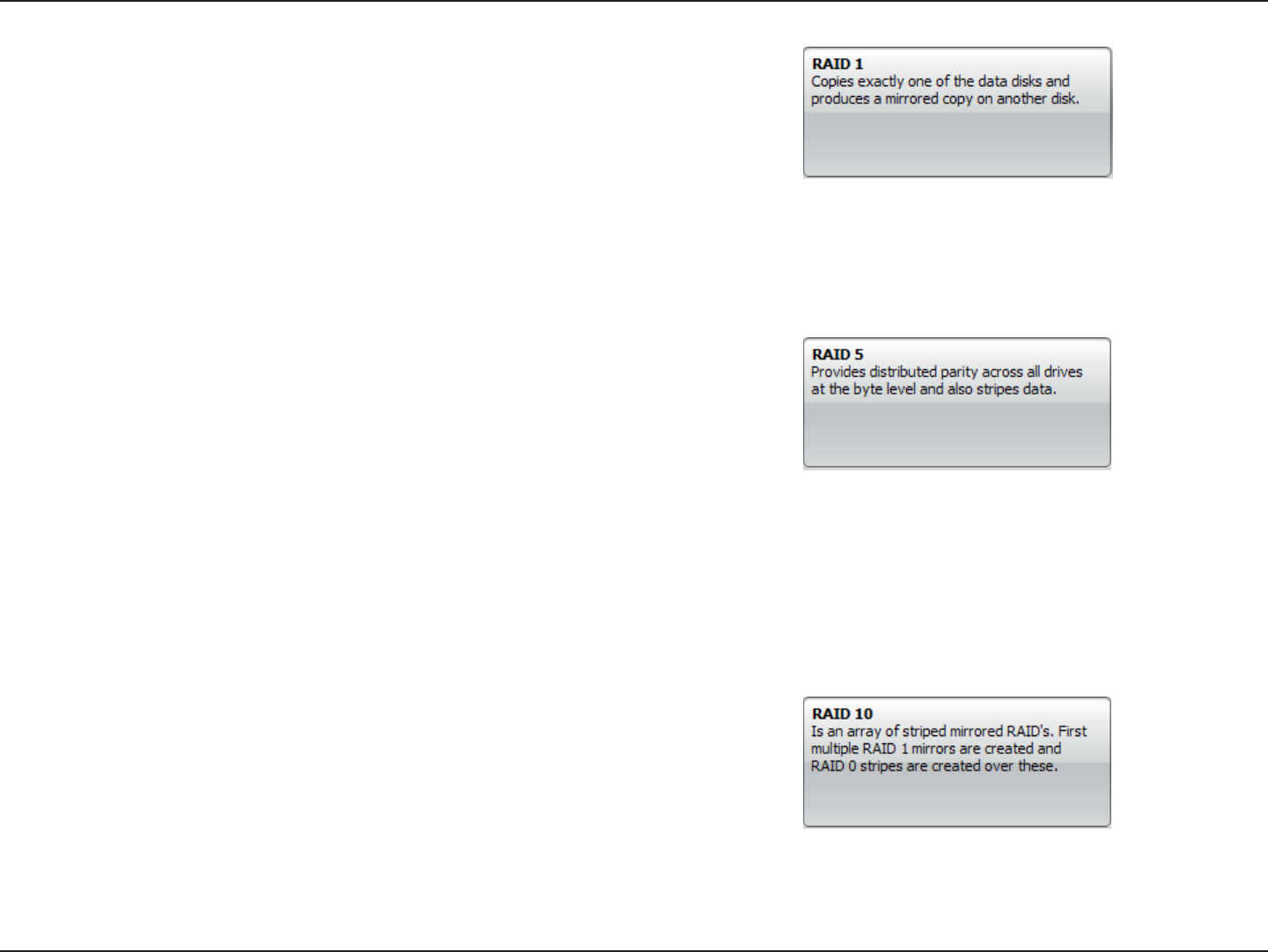
334D-Link ShareCenter DNS-345 User Manual
Section 5 - Knowledge Base
RAID 1 - allows you to assign two disks as a mirrored set. Once you create
the mirrored set, you will see it as a single disk drive. But when you write
data to the mirrored set, it will duplicate the data across all members of
the set. This ensures that your data is protected against loss if any hard
drive in the RAID 1 set fails. In fact, as long as any single member of the set
remains functional, you will continue to operate normally, with complete
access to your data.
RAID 5 is another striping RAID level, designed to increase the speed of
disk reads and writes. RAID 5 provides drive failure tolerance, allowing any
single drive in the array to fail without losing any data in the array. When
a drive fails, the RAID 5 array can still be used to read or write data. Once
the failed drive is replaced, the RAID 5 array can enter a data recovery
mode, where the parity data in the array is used to rebuild the missing
data on the newly installed drive.
RAID 10 is a nested RAID system created by combining RAID 1 and RAID
0. The combination is known as a stripe of mirrors. The dierence is that
each member of the striped set has its data mirrored. This ensures that
if any single drive in the RAID 10 array fails, the data is not lost. RAID 10
requires a minimum of four drives and can be expanded in pairs.



